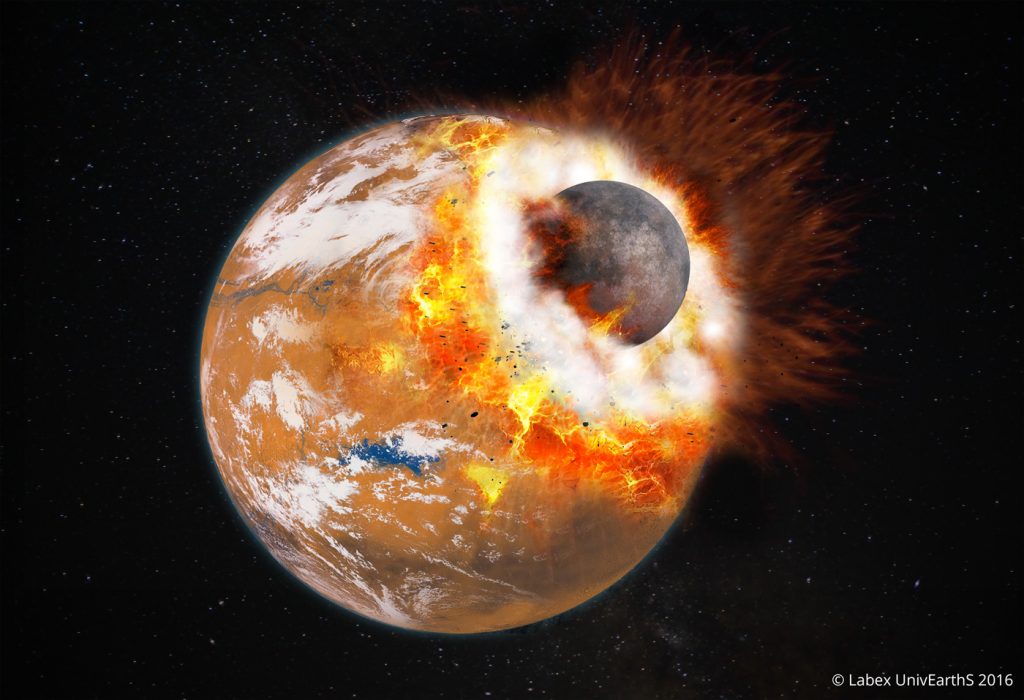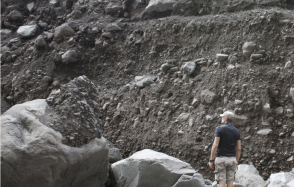Understanding the formation of Mars’ satellites
Sébastien Charnoz, Professor at Paris Diderot University and researcher at the Institut de Physique du Globe de Paris, and an international team publish a study on the origin of Phobos and Deimos, the two moons of Mars, in Nature Geosciences. This work will be useful in defining the instruments for the next Japanese space mission to Phobos.

Publication date: 04/07/2016
General public, Press, Research
Related teams :
Cosmochemistry, Astrophysics and Experimental Geophysics (CAGE)
Related themes : Origins








